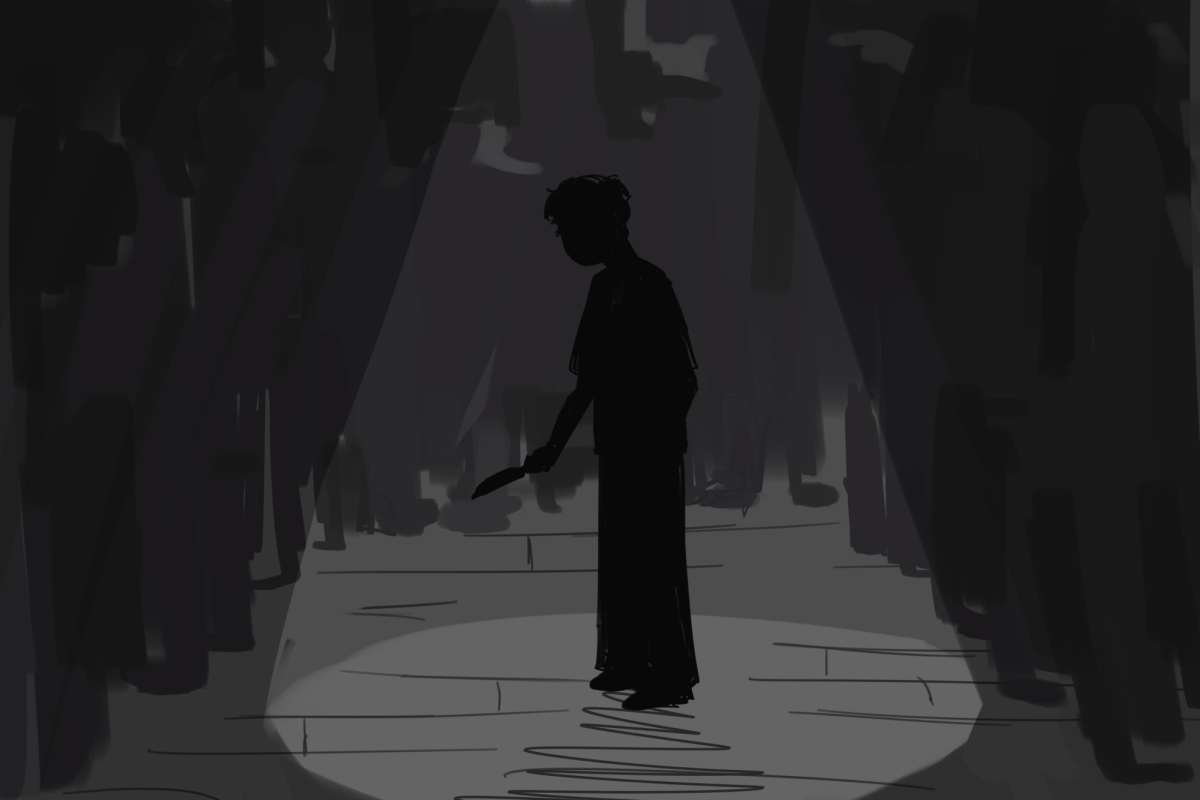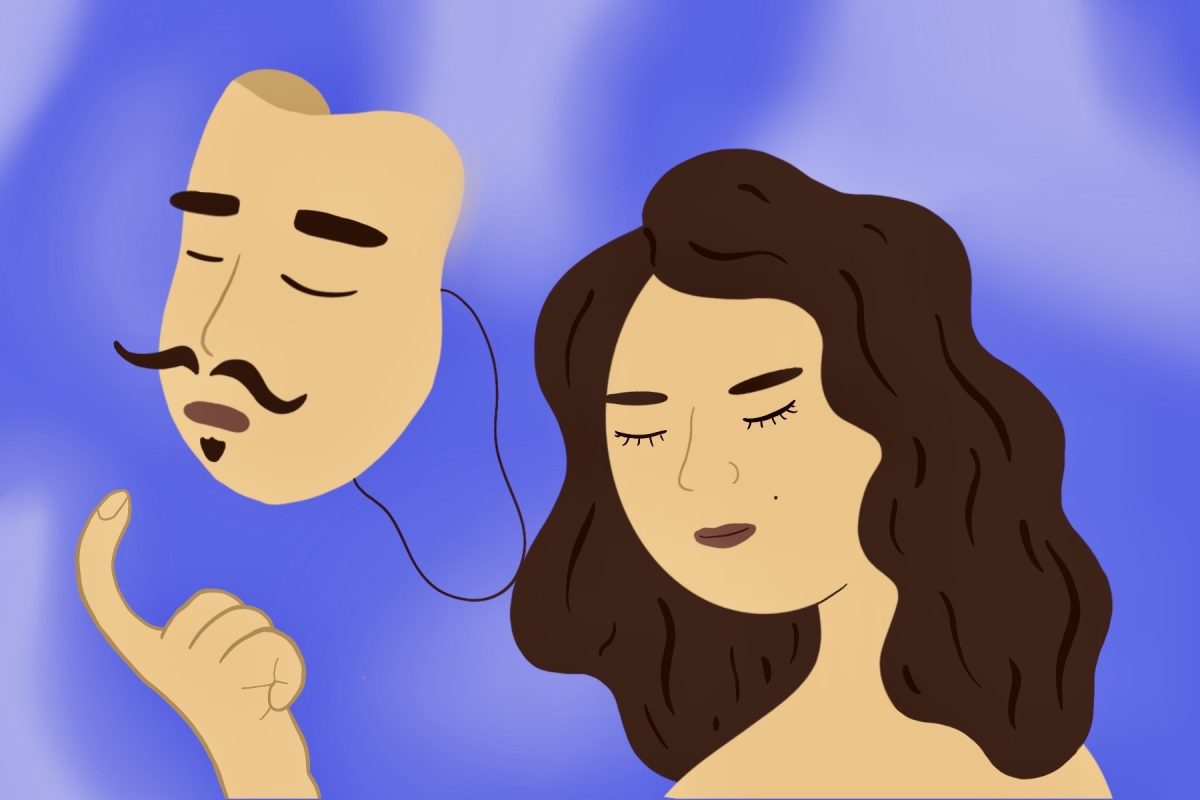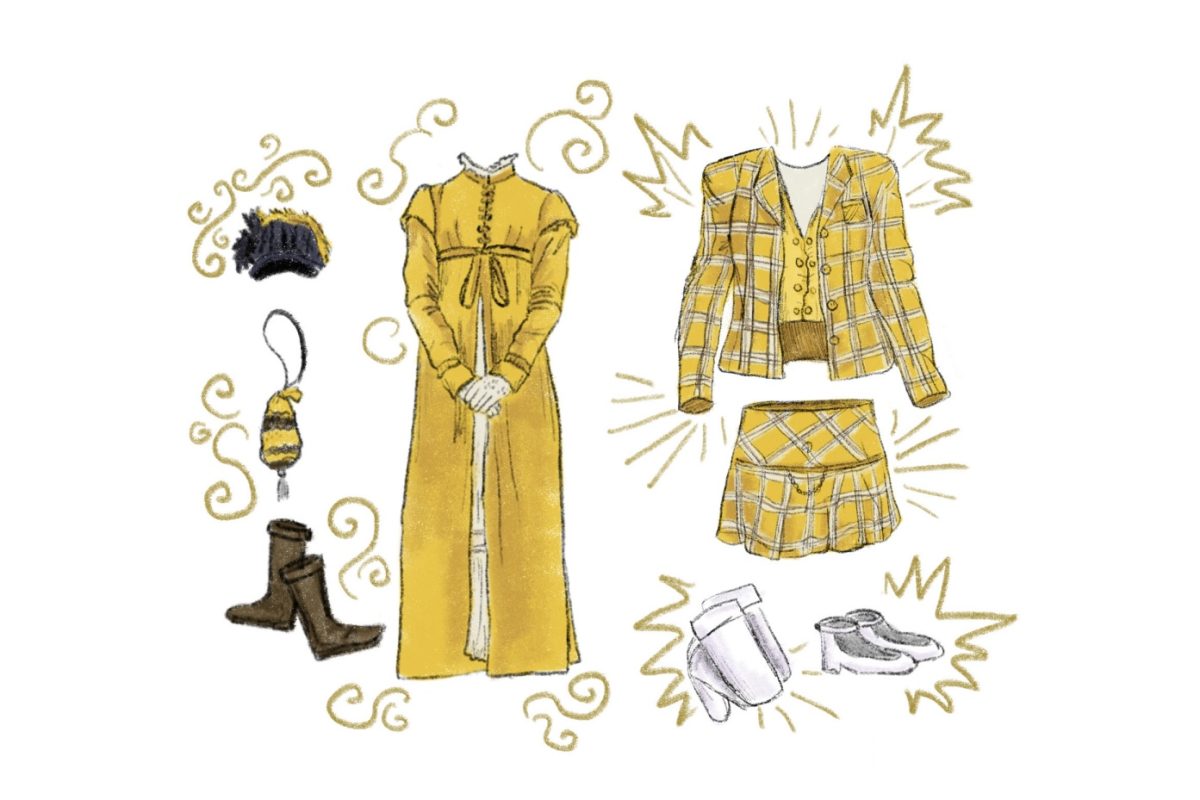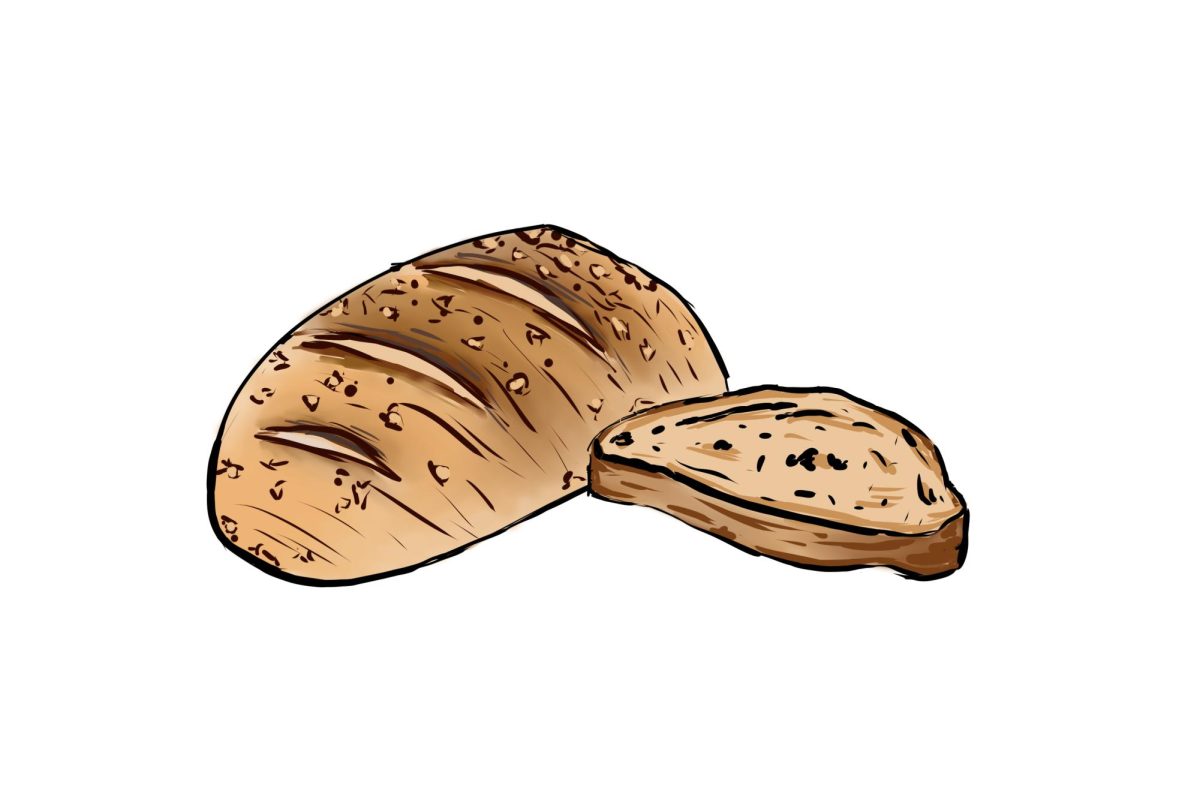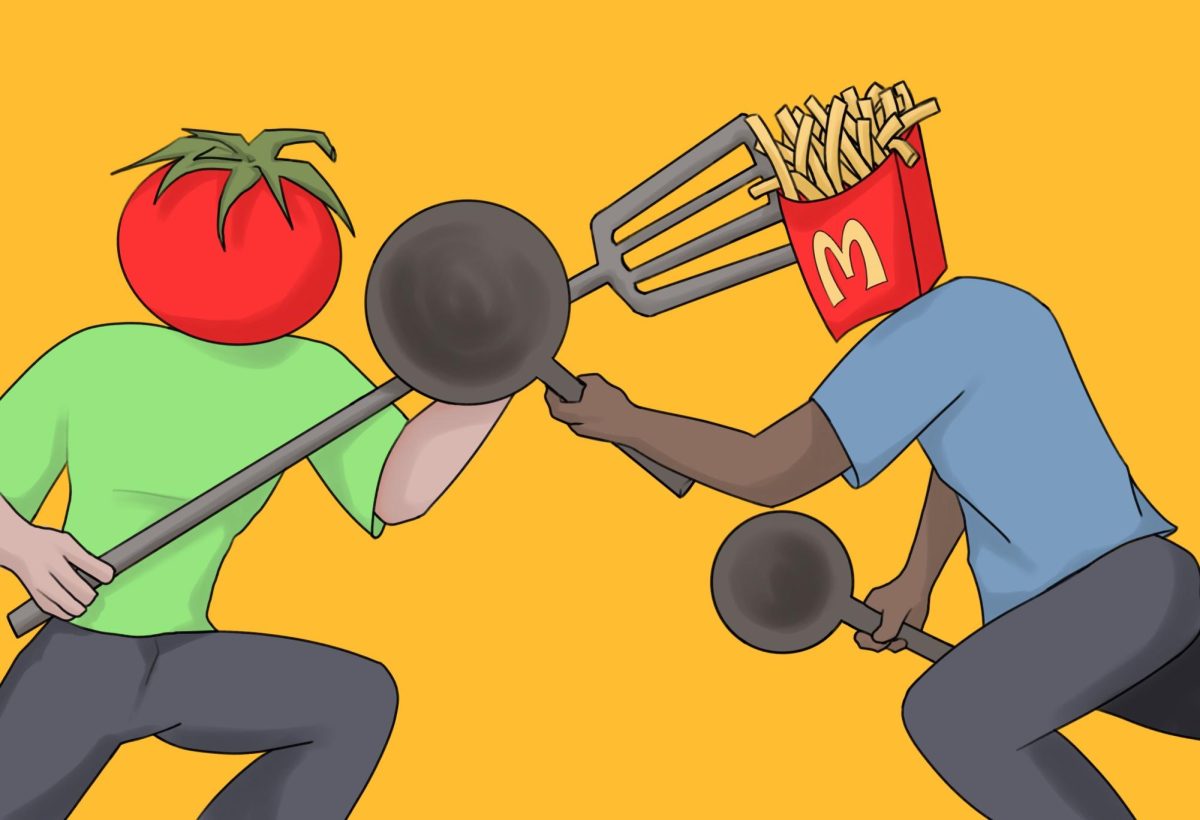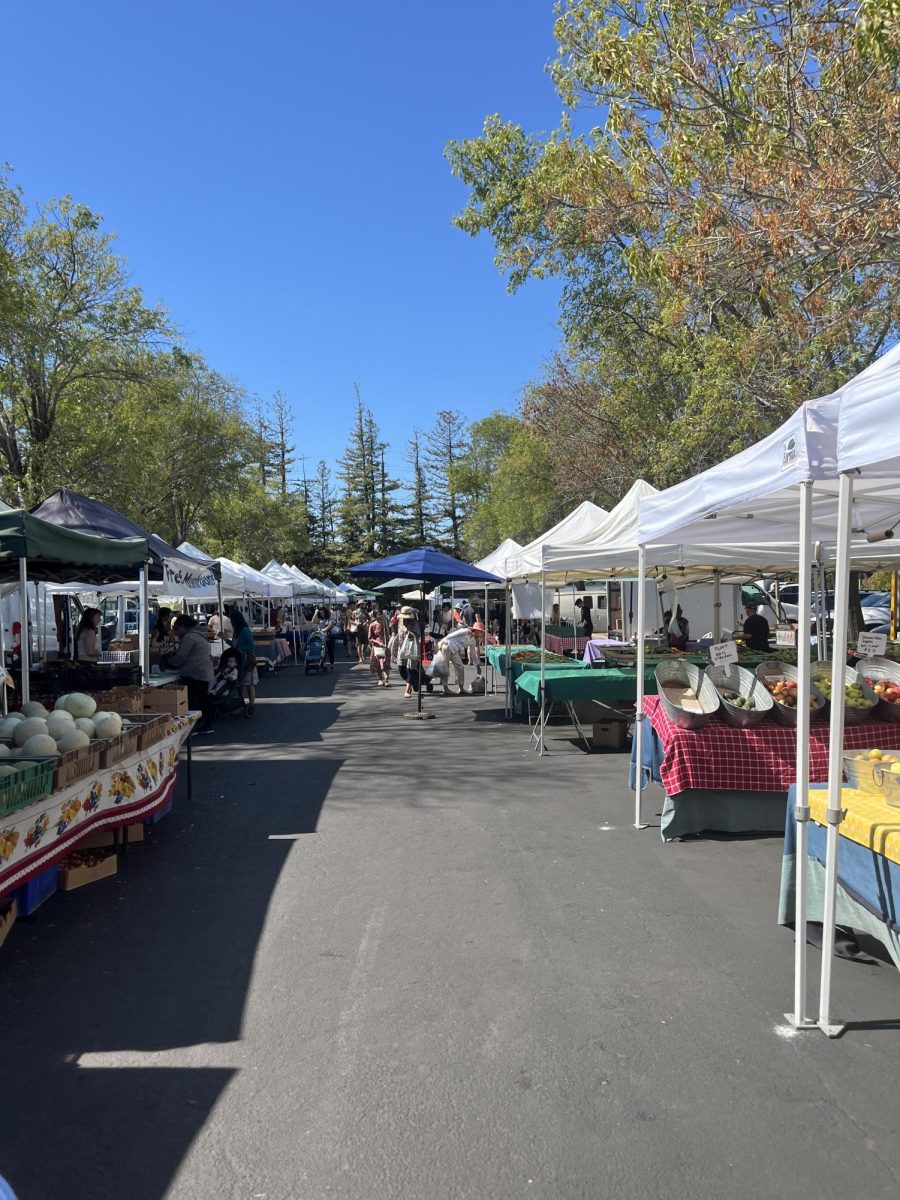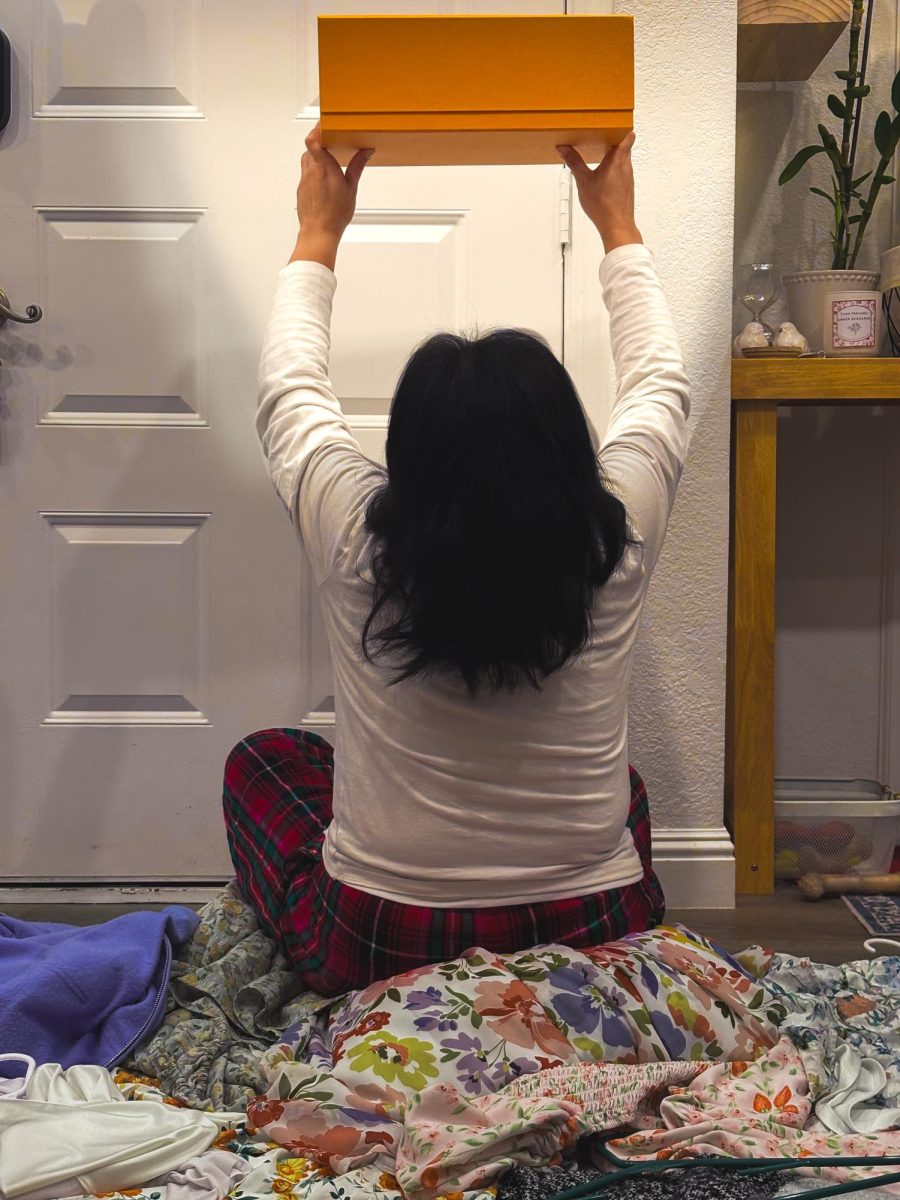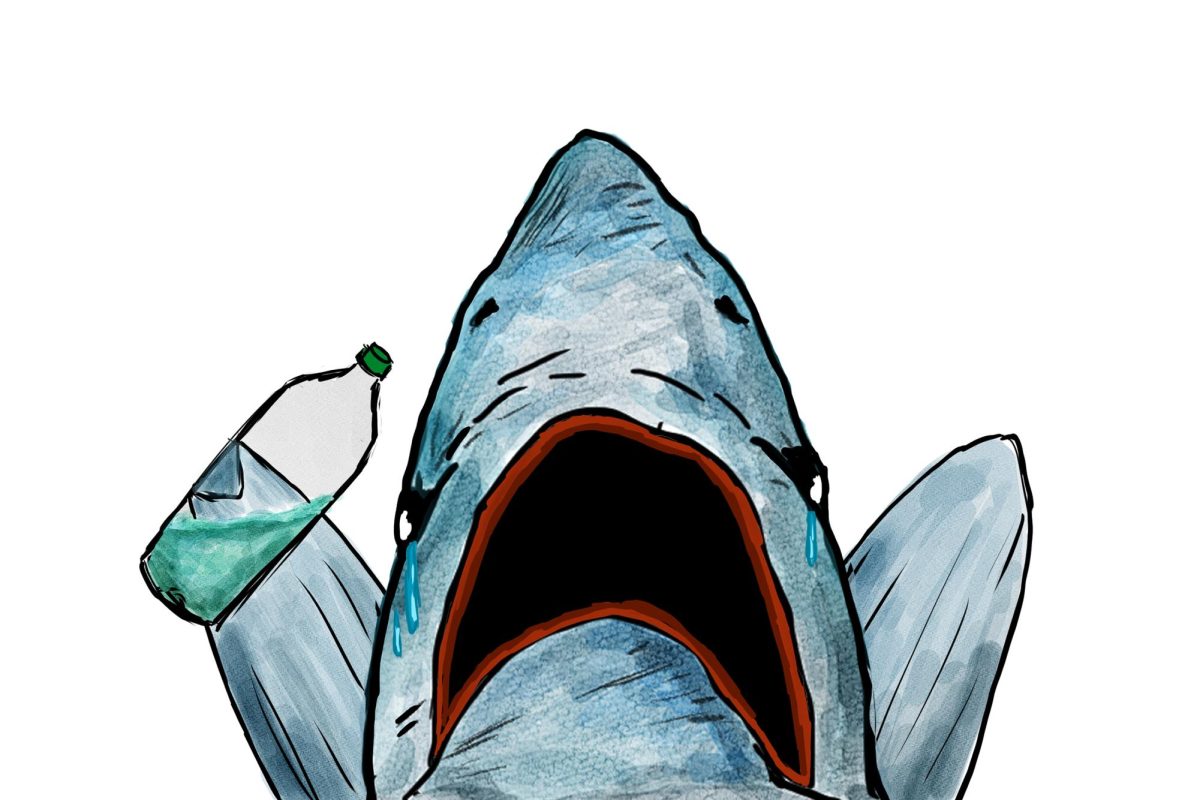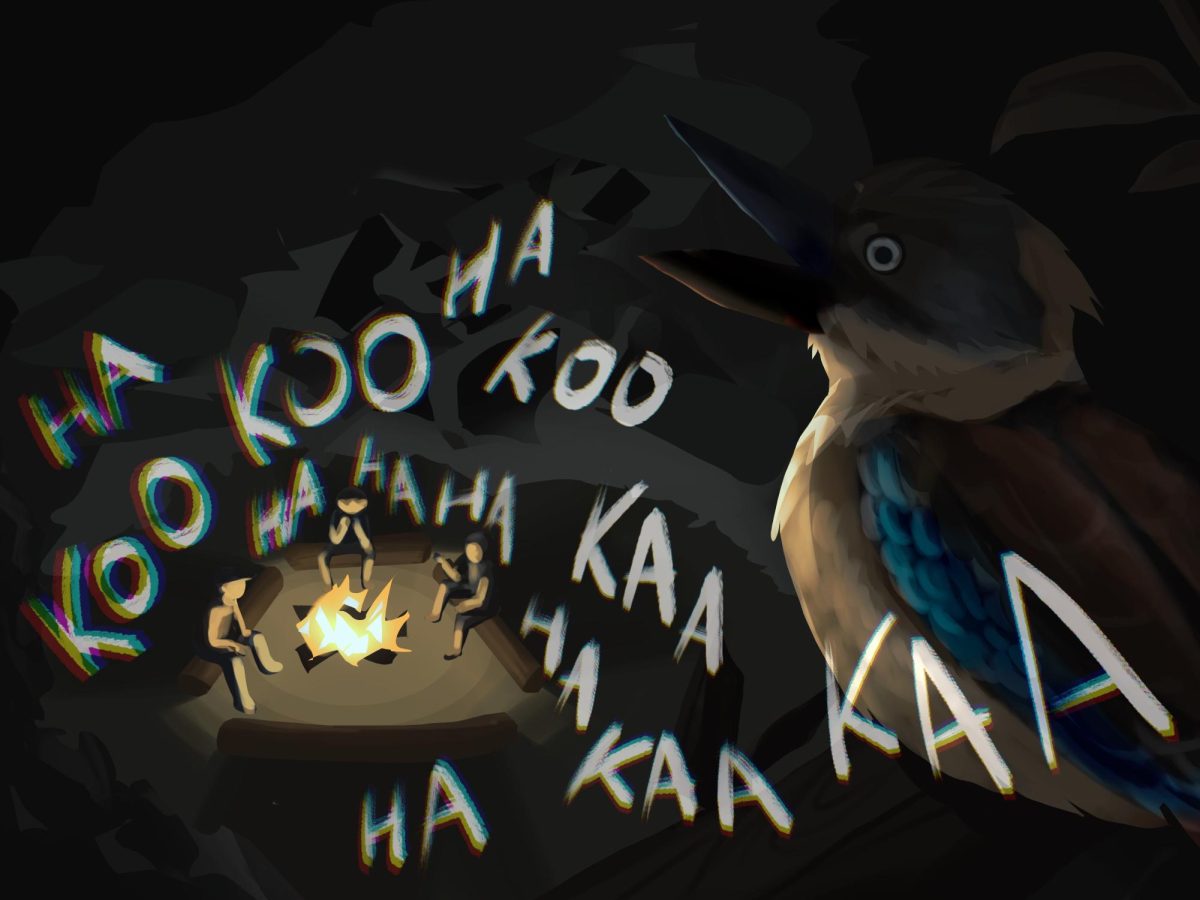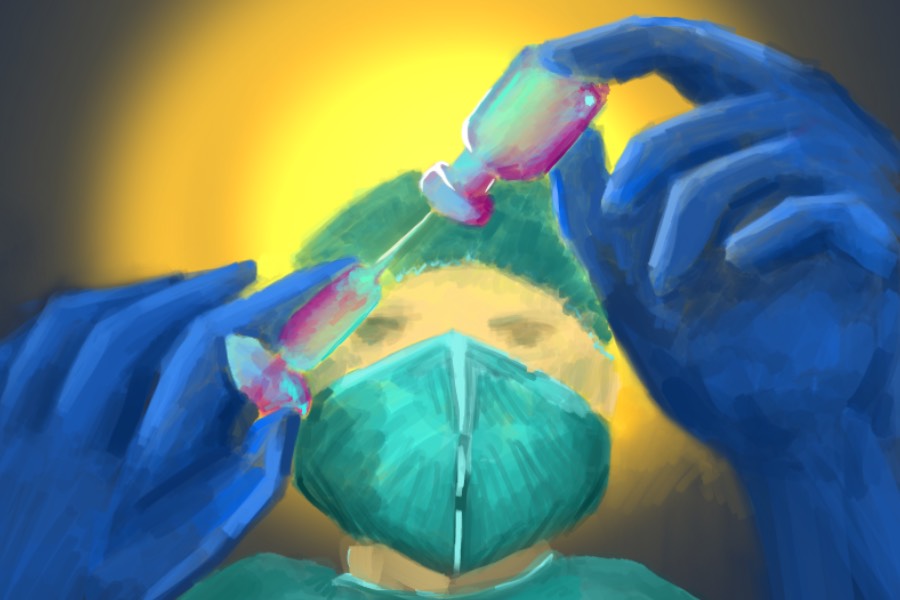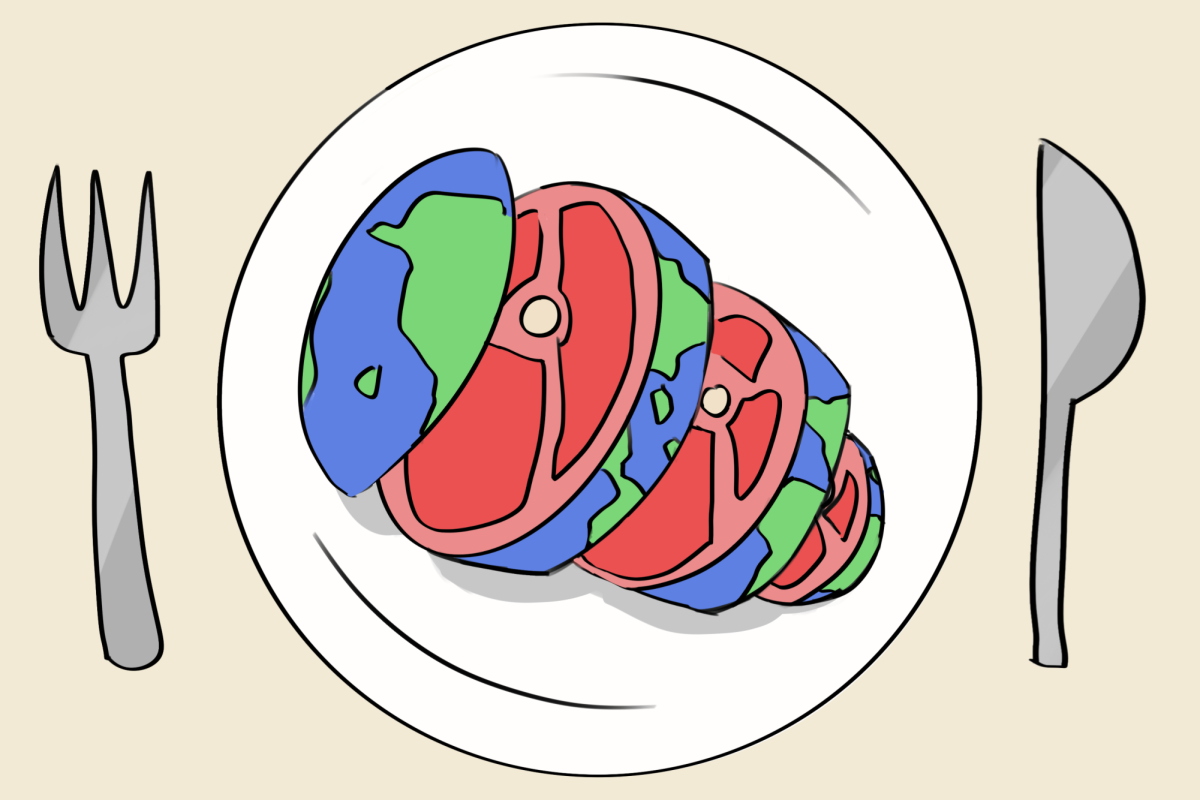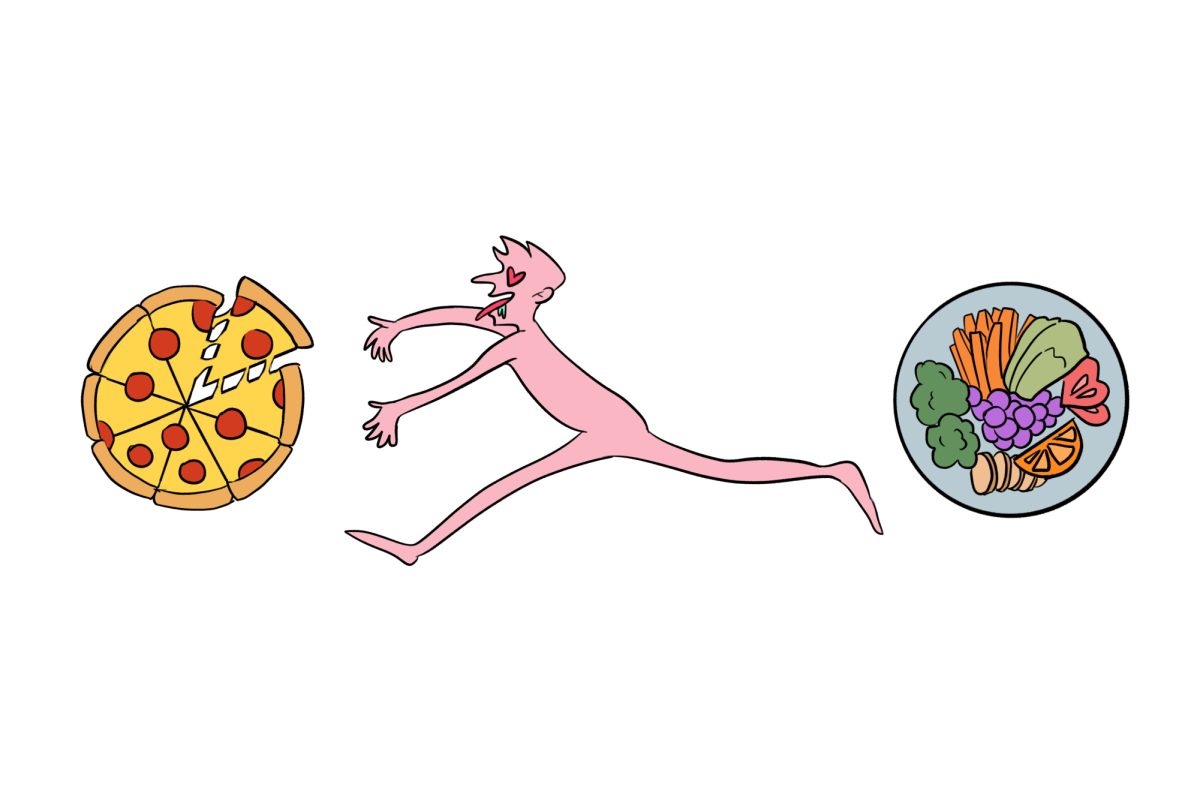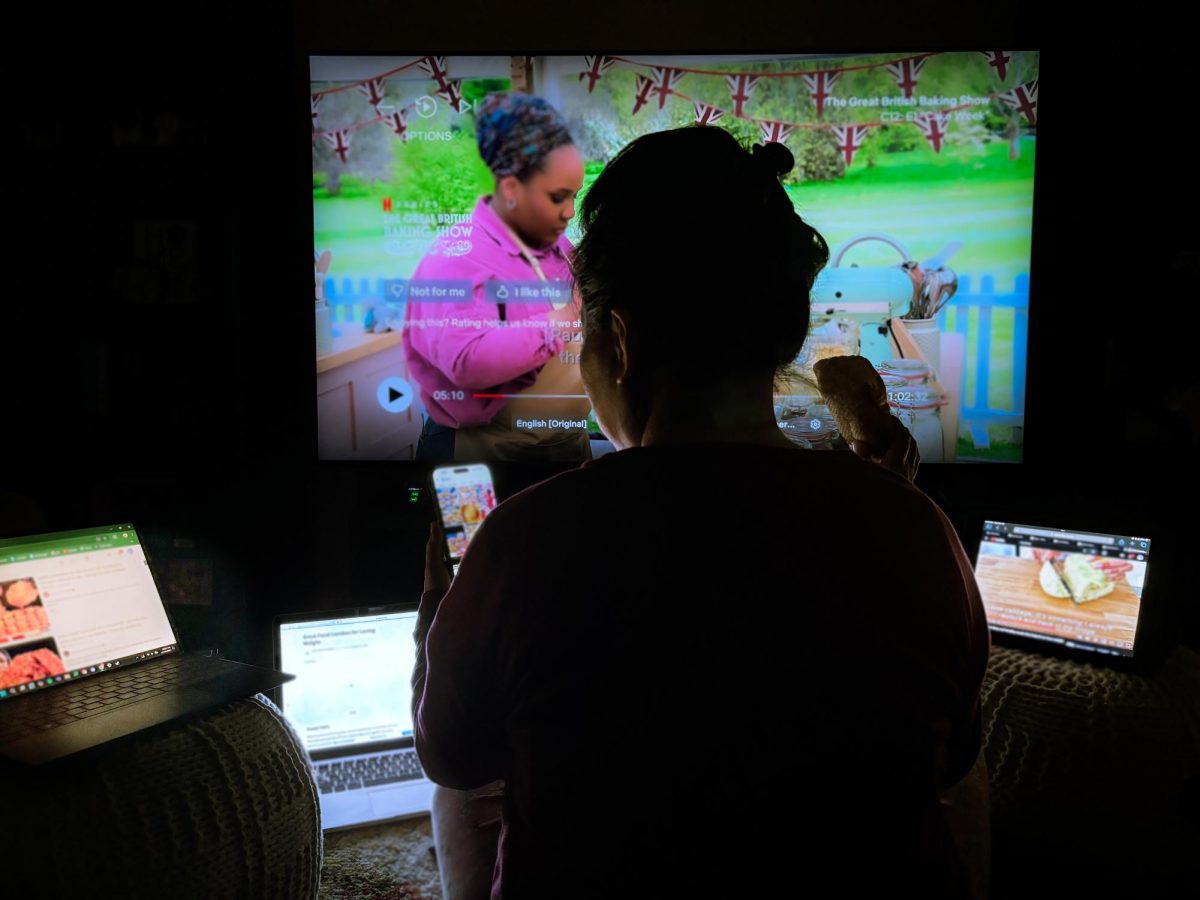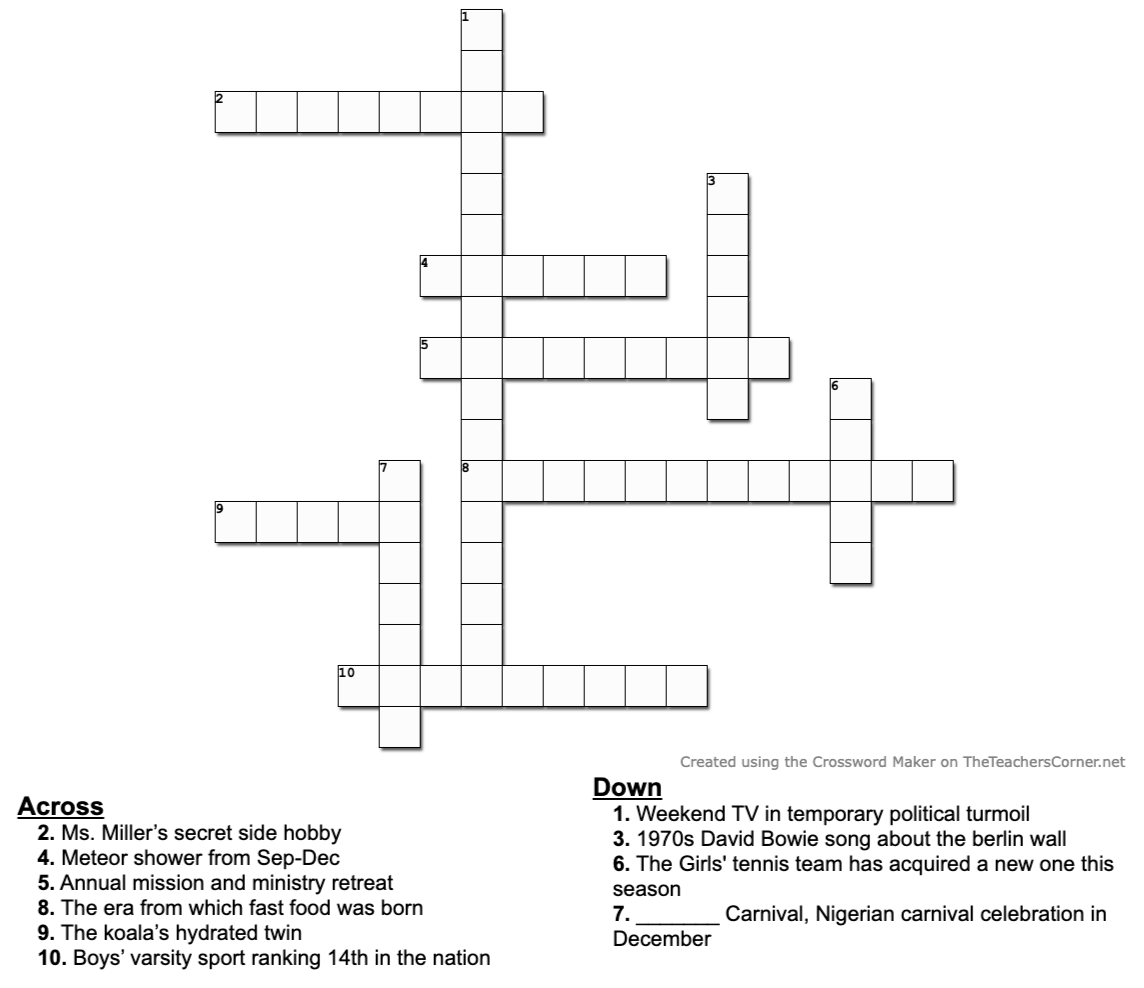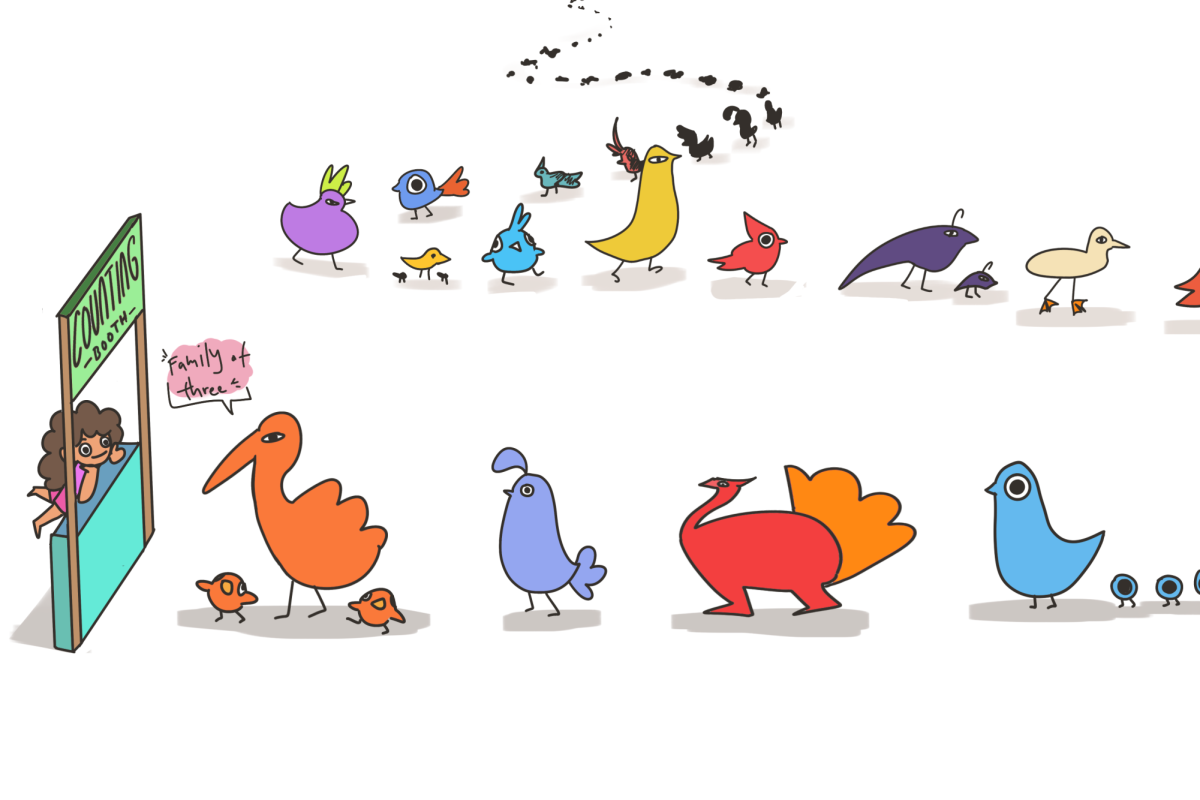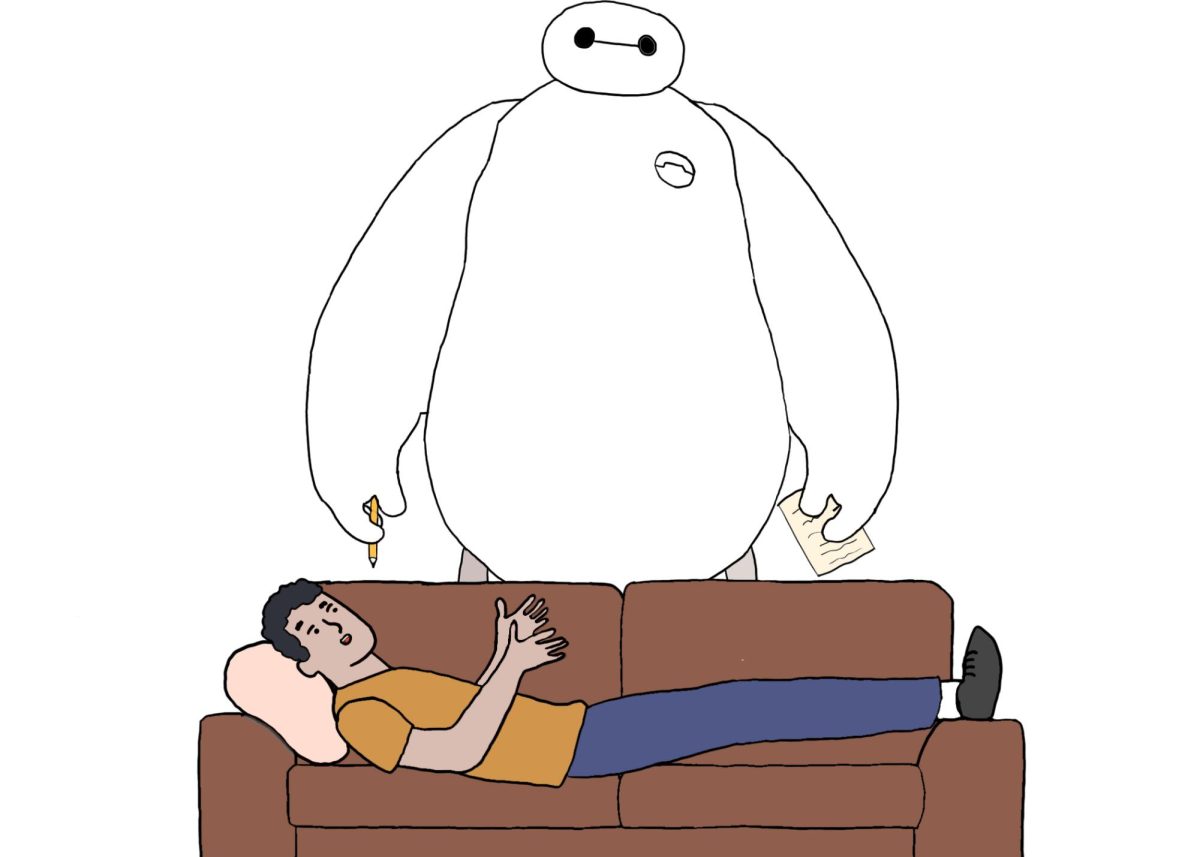Every year during December, ornithologists and citizen scientists from communities around the world come together—or rather, go out and explore the natural spaces around them, searching for as many birds as possible and categorizing them in the largest civilian research project. This year marks the 125th anniversary of this historical event, and the results are in!
Comparing the bird count data from this year to 2015, there is a decrease in biodiversity, with fewer individual bird species and an increase in the overall number of birds in the Bay Area. This is harmful and a sign of a dying ecosystem, as the populations are now more susceptible to disease and climate change.
On a positive side, shorebird counts grew dramatically, along with many more brown pelicans, revealing the products of conservation efforts to rewild the salt flats and reintroduce wetlands. The growth of brown pelicans is also due to the 1972 banning of DDT, a synthetic insecticide that thins eggshells and thus decreases bird survival rates. That may seem like a long time ago, but the effects of DDT are still relevant, and brown pelican populations have been gradually increasing their numbers.
More inland birds were observed this year than a decade ago, with the state bird, the California Quail, going from only 80 birds spotted in 2015 to 120 birds in 2024. Wild turkeys saw a similar increase, with 220 spotted this year but only 167 spotted in 2015. As the world warms, these birds that used to live in warmer interior regions are beginning to become more common in what used to be cooler coastal areas.
Pigeon counts fell dramatically, from over 2000 birds in 2015 to only 705 in 2024. Pigeons are an invasive species, with the band-tailed pigeon being the only one native to California, so this may be beneficial. Other birds have quickly risen to fill the ecological niche pigeons left behind, with gull counts rising by almost 2000 birds, and corvid counts nearly doubling. Raptor counts also dropped from 360 to 306. Many raptor species mainly prey on pigeons, so the drop in pigeons likely explains their decline.
Of course, the counts of only one week in December cannot provide an entirely accurate picture of the birds in our area, but even this brief glimpse can be extremely helpful for researchers and scientists. If you would like to contribute, please consider signing up with your local birding association, and you can help ornithologists around the world save our avian friends just by recording the birds you see outside your window.


















